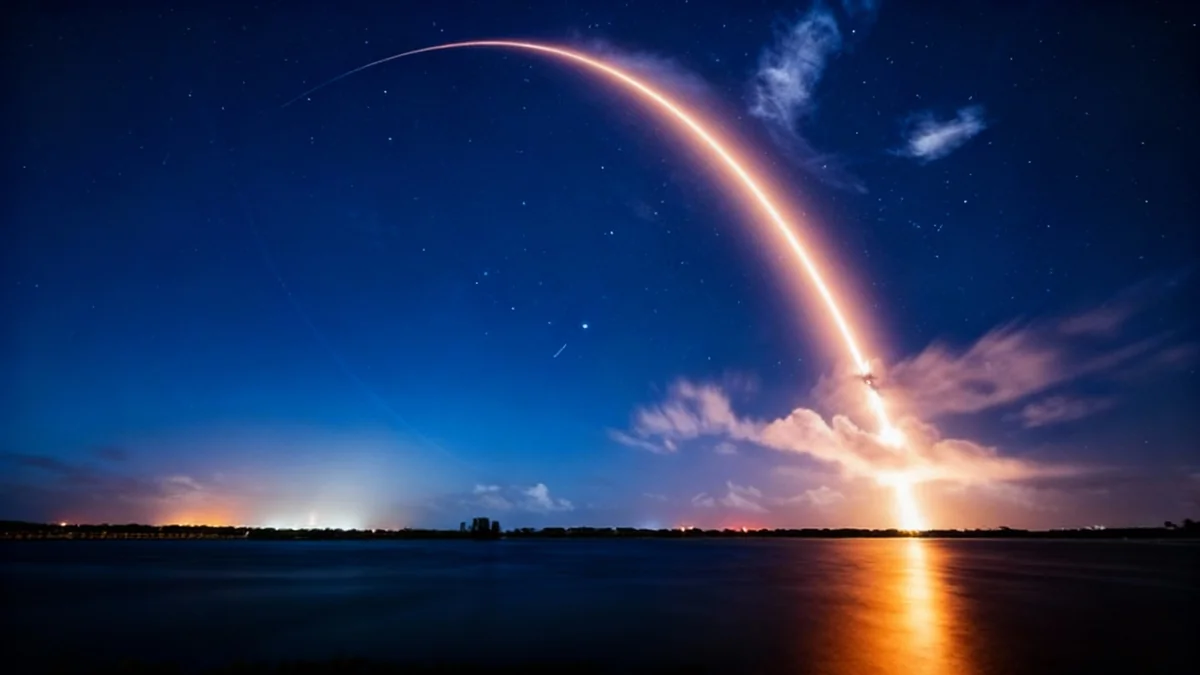The National Oceanic and Atmospheric Administration (NOAA), in partnership with NASA, is launching a new satellite designed to provide earlier and more accurate warnings of solar storms. The spacecraft, named the Space Weather Follow-On at Lagrange Point 1 (SWFO-L1), will serve as a critical tool for monitoring solar activity that could disrupt technology on and around Earth.
Positioned approximately one million miles from our planet, the observatory will deliver real-time data on solar wind and coronal mass ejections. This information is vital for protecting national power grids, communication networks, and satellite operations from the effects of space weather.
Key Takeaways
- The SWFO-L1 is a new satellite dedicated to monitoring space weather and providing early warnings for solar storms.
- It will be stationed at Lagrange Point 1, an ideal location between the Earth and the Sun for continuous solar observation.
- Data from the satellite will help protect critical infrastructure, including power grids, GPS, and communication systems.
- The mission is part of a cost-effective rideshare launch, sharing a rocket with other scientific probes.
The Dangers of Space Weather
Space weather originates from the Sun's dynamic activity, which includes solar flares and significant eruptions of plasma known as coronal mass ejections (CMEs). When these streams of charged particles are directed toward Earth, they can have substantial impacts on modern technological systems.
These solar events can interfere with the global positioning system (GPS), disrupt radio communications, damage orbiting satellites, and even cause widespread outages in electrical power grids. The potential for disruption highlights the need for reliable forecasting.
Why Monitoring is Critical
According to NOAA, industries vulnerable to space weather include aviation, emergency services, marine transport, and satellite communications. Advanced warning allows operators in these sectors to take protective measures, such as rerouting flights, adjusting satellite orientations, or preparing power grid management strategies to mitigate potential damage.
SWFO-L1 Mission Objectives
The primary function of the SWFO-L1 observatory is to act as an early warning system. From its vantage point at Lagrange Point 1, the satellite can detect solar disturbances before they reach Earth, giving authorities and industry operators crucial lead time to prepare.
As an operational mission, SWFO-L1 will continuously stream data to NOAA’s Space Weather Prediction Center (SWPC). This constant flow of information will enable the SWPC to issue more timely and precise forecasts, watches, and warnings concerning incoming space weather events.
Advanced Onboard Instrumentation
To accomplish its mission, SWFO-L1 is equipped with a suite of specialized instruments. These include a solar coronagraph, which is used to observe the Sun's outer atmosphere, or corona, where CMEs originate. Other instruments will measure the speed, density, and magnetic field characteristics of the solar wind.
A Successor to Aging Observatories
The SWFO-L1 mission is especially important as it will ensure the continuity of space weather data. It is set to take over from older satellites, such as the Deep Space Climate Observatory (DSCOVR) and the Advanced Composition Explorer (ACE), which are nearing the end of their operational lives.
An Efficient Rideshare Launch
To maximize efficiency and reduce costs, SWFO-L1 is launching as part of a rideshare mission. This growing trend in space exploration involves placing multiple satellites from different missions onto a single rocket. For this launch, a SpaceX Falcon 9 rocket will carry the payloads into space.
SWFO-L1 will be joined by two other significant scientific missions:
- IMAP (Interstellar Mapping and Acceleration Probe): A NASA mission designed to study the boundary where the Sun's influence ends and interstellar space begins.
- Carruthers Geocorona Observatory: An instrument that will observe Earth's exosphere, the outermost layer of its atmosphere, to study how it responds to solar activity.
Launch Details and Weather
The launch is scheduled to take place from Florida's Space Coast. The initial launch window for Tuesday was given a 75% chance of favorable weather, with the primary concerns being mid- and upper-level clouds. The launch was subsequently rescheduled for Wednesday.
Forecasts for the backup window on Wednesday morning appear more promising. A weather disturbance is expected to move out of the area, leading to clearer skies and drier air, which improves the conditions for a successful launch.





